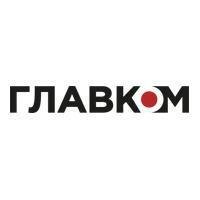Ukraine’s Ministry of Defense has approved the Droid TW 12.7, a new robotic combat system, for deployment in its ongoing conflict with Russia. The remotely operated system is part of Ukraine’s efforts to modernize its armed forces and expand domestic arms production.
The Droid TW 12.7 is a tracked, miniature tank equipped with a Browning 12.7 mm machine gun, a NATO-standard weapon used by multiple allied nations.
Built on a tracked platform, it can navigate difficult terrain and is operated remotely via a tablet with digital communication. The Ministry of Defense reported that the system demonstrated reliability during combat tests.
Meet Droid TW—a Ukrainian-made tracked robotic system equipped with a Browning machine gun. pic.twitter.com/smgUUICoI7
— Defense of Ukraine (@DefenceU) December 10, 2024
“Technology plays a decisive role in ensuring an advantage on the battlefield in the context of modern warfare,” said Deputy Defense Minister Dmytro Klimenkov. He described the approval of the Droid TW 12.7 as “a significant step toward integrating innovation into the Armed Forces of Ukraine.”
Klimenkov added, “We are codifying models that become reliable tools for our defenders, helping them accomplish missions under the most difficult conditions. Our strength lies in a high-tech army capable of withstanding modern challenges.”
The ministry released footage on social media showing the Droid TW 12.7 maneuvering across fields and firing at targets. Developed domestically by the Ukrainian defense firm DevDroid, the system adheres to NATO standards, allowing compatibility with allied nations’ defense frameworks.
DevDroid stated that the Droid TW 12.7 has “proven its reliability and effectiveness in field trials, meeting the highest standards.” The company also said it can be produced within 45 days at a cost of $26,000 to $29,000 per unit.
In 2024, the Ministry of Defense approved more than 900 new weapons and military equipment models, including over 600 that were developed domestically. This marks a significant increase compared to 2023 when only 405 pieces of equipment were approved.




















